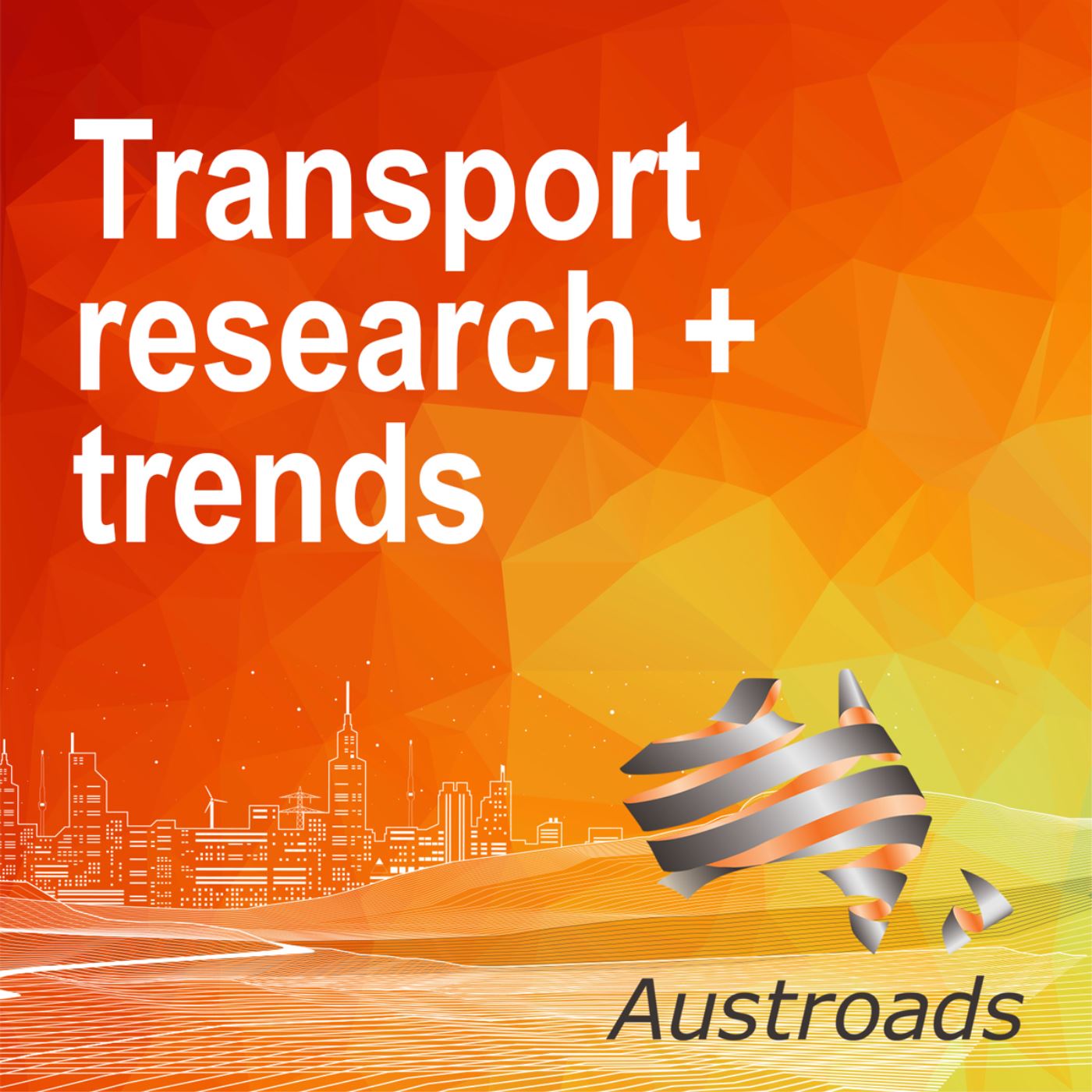Episodes
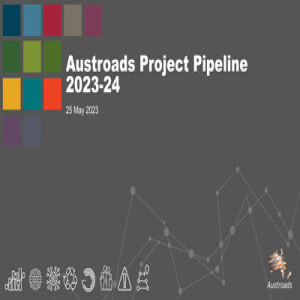
Thursday May 25, 2023
Austroads Project Pipeline 2023-24
Thursday May 25, 2023
Thursday May 25, 2023
This webinar is beneficial to consultants who may be interested in tendering for Austroads projects. The session covers new Austroads projects lined up for the 2023-24 financial year, Austroads process around research data collection and what is required to become a successful tenderer.
To find information about Austroads' current tenders, visit the tenders webpage. On that page, you can also subscribe to our Tenders newsletter to receive alerts when a new project is advertised.
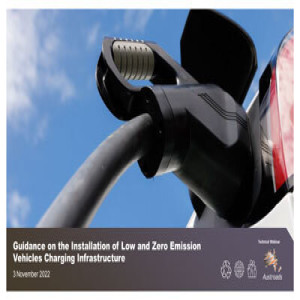
Thursday Nov 03, 2022
Thursday Nov 03, 2022
Internal combustion engine vehicles are a major source of greenhouse gas emissions in Australia and New Zealand. Encouraging the public to utilise low and zero emission vehicles (LZEVs), such as battery electric vehicles will contribute to creating a more sustainable road transport system.
As the number of LZEVs is expected to rise, there will be a growing demand for charging infrastructure. Increasing availability of such infrastructure will also encourage the uptake of LZEVs; however, currently there is little guidance available to road agencies to assist them in managing the installation of charging infrastructure within road reserves.
This webinar with David Silvester and Norman Cheung presents new Austroads guidance to help agencies manage the planning, installation, and operation of charging infrastructure for non-commercial passenger vehicles with battery-electric or hybrid propulsion within the road reserve or road related areas.
The guidelines draw on the latest international and national experience and case studies and can be used by agencies in the implementation of consistent charging facility practices to reduce costs, improve the road environment, road safety, network operations, and LZEV driver experience.
The webinar covers guidance on managing the life cycle of the facilities, including planning, design, operations, interoperability, maintenance, and decommissioning.
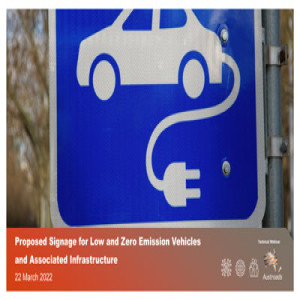
Tuesday Mar 22, 2022
Tuesday Mar 22, 2022
Austroads has published a report proposing a set of symbols for low and zero emission vehicles (LZEVs) and associated charging or refuelling infrastructure to be used on road signs and for road marking in Australia and New Zealand. The proposal forms a basis for testing and standardisation of the symbols (according to the Australian Standards) and their adoption in the Australian Road Rules and signage manuals.
The background of this work is that with the uptake of low and zero emission vehicles, consistent signage for electric-powered vehicle parking and charging is required. New Zealand has rolled out charging signage nationwide. However, in Australia there are currently no standardised low and zero emission vehicle symbols or signs.
This webinar, presented by Dr Robert Kochhan, Paul Hayes and Dr Clarissa Han, provides an overview of the report and the proposed symbols for the following five categories:
- Electric-powered vehicle
- Electric-powered vehicle being charged
- Charging station for electric-powered vehicles
- Hydrogen fuel-cell powered vehicle and associated refuelling infrastructure
- Access to lanes and roadways designated for electric-powered vehicles and hydrogen fuel-cell powered vehicles.
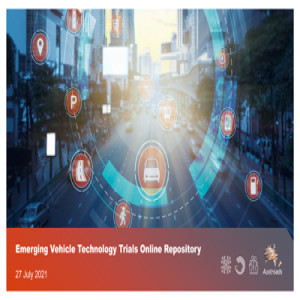
Tuesday Jul 27, 2021
Emerging Vehicle Technology Trials Online Repository
Tuesday Jul 27, 2021
Tuesday Jul 27, 2021
This webinar presents an Austroads online repository of emerging vehicle technology trials conducted by Austroads’ members and private industry around Australia and New Zealand.
The trials capture some of the ground-breaking work and lessons learned to help agencies better focus their research investment and inform policy and strategy decisions leveraging the benefits of emerging technologies and minimising some of the risks associated with them.
Webinar presenters are Andrew Somers who speaks about the repository, its purpose and content, James Soo from the Department of Transport Victoria and Nicholas Brook from the Queensland Department of Transport and Main Roads.
James Soo shares lessons learned from the Advanced Connected Vehicles Victoria (ACV2) trial, CAV Highway Pilot trial and the Omni-Aware Roadside Adaptation of Automated Vehicle LiDAR project.
Nicholas Brook talks about how Automated Vehicles interact with road infrastructure and the Ipswich Connected Vehicle Pilot.
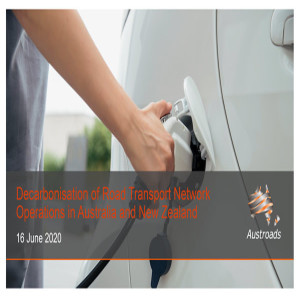
Tuesday Jun 16, 2020
Tuesday Jun 16, 2020
This webinar, presented by Richard Palmer on 16 June 2020, gives a detailed overview of Austroads’ recent publication ‘Decarbonisation of Road Transport Network Operations in Australia and New Zealand’. The issues paper provides an analysis of the contribution of the road transport sector to generating GHG emissions in Australia and New Zealand. It also frames the role that road transport network operations play in supporting the state and national emissions reduction goals.
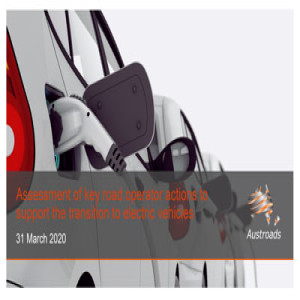
Wednesday Apr 01, 2020
Assessment of Key Road Operator Actions to Support Electric Vehicles
Wednesday Apr 01, 2020
Wednesday Apr 01, 2020
This webinar, delivered on 31 March 2020, provides insights into a recent Austroads report that identifies actions that road operators can take to support the transition to electric vehicles (EVs).
The presentation covers:
- The different types of electric vehicles.
- Core and non-core functions of road operators in supporting the transition to EVs.
- The key themes that influence the actions road operators need to consider to support the transition to EVs. This includes leadership, governance, mass/license concessions, registration and licensing data, EV charging guidelines and EV charging infrastructure.
- The key core actions (must do actions) around registration & licensing, road access and EV charging infrastructure. In addition to an overview of the key non-core actions (may do actions to further support the transition to EVs) around education, governance and EV charging infrastructure.
It was presented by John Wall, David Green, Mark Gjerek and Nathan Gore-Brown.

